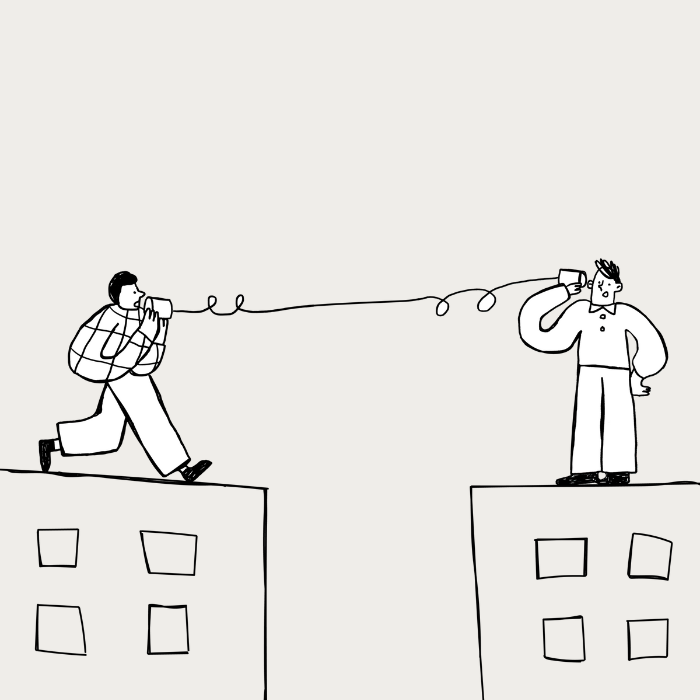
What are little boys made of? There’s definitely more to it than frogs and snails. Understanding more about the biological wiring of our sons will help us to better guide, understand and appreciate them.
The more science knows about how the brain works, the more it acknowledges that the profound differences between boys and girls are reinforced by culture and socialisation, but rooted in biology. Boys are, in a nutshell, wired completely differently. We may (or may not) want them to be able to sit still and listen, or not care whether they win or lose, yet for most boys, this won’t happen easily.
As any parent knows, little boys are all about action and find thrill in the adventure of tracking and chasing moving objects, hitting targets, testing their own strength and playing at fighting off enemies. They are in perpetual motion and are action-orientated. Research has established that far from just being impulsive behaviour, boys’ brains are essentially wired to move, make things move and watch things move. Indeed, from the day they are born, boys have a superior ability to track moving objects, and their brains are prompted to visually explore animated objects, geometric shapes and the edges and angles of objects. Intriguingly, boys’ art also tends to use few colours but depict dynamic movement and action scenes, for instance, plane crashes.
Enquiries have revealed that boys’ brains are actually programmed for exploratory behaviour, muscular and motor control, spatial skills, and rough play. They react physically to the environment, and use both muscles and neuron systems in the brain to think, learn and express themselves. They must embody a word to learn it. Therefore, when a boy learns to read a word such as ‘jump’, his brain actually signals his leg muscles, which then must rehearse the action to learn that word. This means the muscles and the body parts used to learn the word stay connected to the meaning of the word, which is why moving boys learn better. This movement is suspected to give boys an advantage at spatial manipulation such as mental rotation, which from age 5 most boys are significantly better at than girls. In fact, in experiments where boys were asked how they arrived at answers to geometrical questions, they replied not with words but squirmed gestured and twisted to explain. Compellingly, it seems that when boys observe their computer game characters’ performance, it also activates signals from the brain to muscles in their body as if it were them actually performing the moves.
It has been revealed that playing computer games activates the feel-good hormone dopamine the same as real-life play fighting does, which is why the more chances there are to conquer in a game, the more thrills boys get. What’s more, by age 5, boys get a brain high from dopamine whenever they show their strength and aggression and, as this feeling is so addictively rewarding, they are always looking to get it. This explains their fondness for scary movies and dares, etc.
When playing, it has been demonstrated that boys practice the instincts of the male brain to aggressively protect and defend. They will convert most toys into weapons or pieces of equipment (for example, a spoon becomes a torch or sword), and they will spend at least 65% of their free time playing competitive games. They also show a preference for toys that require them to use big muscle groups and enjoy pushing all aspects of their body’s physical limits, including play fighting, burping and farting. Indeed, a boy’s success or failure at physical contests is of huge significance to their sense of self.
Boys instinctively know they must learn to succeed within a male hierarchy. The pecking order is vitally important to boys, and investigations have concluded that by as young as age 2, the male brain drives a boy to establish physical and social dominance. Boys establish this dominance through rough and tumble play, and studies have shown that this hierarchy is often established in only two play sessions. Interestingly, research has also noted that rank at age 6 determined rank in the social hierarchy at age 15. This may explain why boys at age 6 identify ‘real fighting’ as the most important thing to be good at, and why ‘victory’ is so critical to boys. The male brain is wired to play fight, defend turf and compete, and losing is unacceptable.
Fascinatingly, while alpha males have higher levels of the hormone testosterone, the alpha boys are not always the biggest physically, but are often those who refuse to back down during conflict. They aggressively demonstrate their strength by menacing, intimidating or roughing up boys who challenge the status quo. Meanwhile, the other boys avoid being threatened by forming an alliance with the alpha males through giving them things or doing favours for them. It is of little wonder then that between the ages of 1 and 10, boys imitate their dads, uncles and older male cousins, and are particularly intrigued by men who stand out as alpha males.
Fathers’ play is more physical, spontaneous, boisterous, unpredictable and creative. Research shows this play encourages children to be curious and improves their ability to learn. Those children whose dads indulged in rough play at age 2 were found to be the most self-confident at age 15. Furthermore, boys revel in teasing games with their dads – improving their ability to guess what is on another person’s mind, recognising mental tricks and deceits, and developing a shared understanding about acceptable typical male behaviour.
Research such as this is useful in allowing us as parents to understand ways in which we can help and support our boys. It suggests we should provide animated and moving toys, access education which respects boys’ unique needs, put in place boundaries to protect their inevitable pursuit of thrills and danger, temper the all-consuming need to win by teaching appropriate sportsmanship values, and provide structured opportunities to participate in competitive pursuits. It also allows us a significant insight into how our boys interact within their social worlds and the importance of facilitating appropriate male relationships. Above all, these investigations let us peek into the bowl to see just what little boys are made of.
Paula Galey (M Ed Psych (hons) Hdip Tchg) is a teacher who specialised in working with students with learning and behaviour difficulties. She currently writes educational resources while raising her three children.








